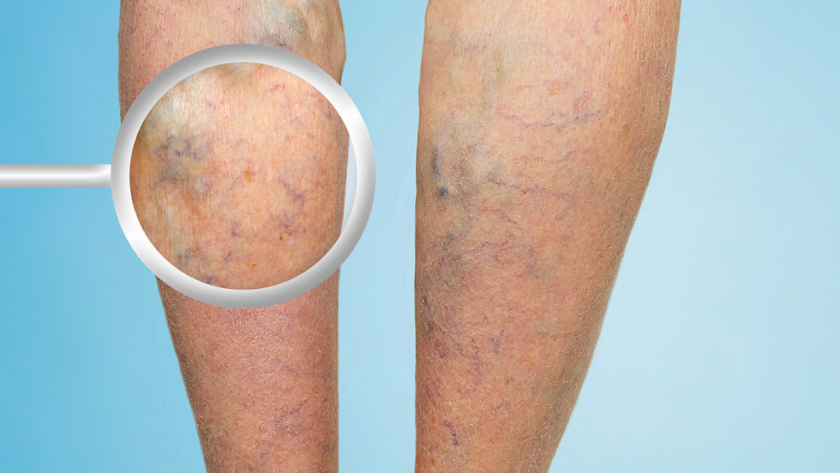Varicose veins are enlarged and twisted veins. It can affect any superficial veins in your body, but it mostly happens with the veins in the legs because walking and standing for long hours increase the blood pressure in the veins found in your lower body. For many people, varicose veins and spider veins present no significant health concern, and they only seek treatment for cosmetic treatments. However, you may experience some discomfort and an aching pain when suffering from varicose veins. In some cases, it may lead to more severe problems. Treatment for varicose veins in Tallahassee ranges from self-care measures to treatment by a medical professional to block or get rid of the affected veins.
Symptoms
You may not experience any pain due to varicose veins. However, you may notice blue or dark purple veins on your legs. They may also appear bulging and twisted. When you experience painful symptoms, they may include:
- A heavy or achy feeling in the legs.
- Muscle cramping, burning, swelling, and throbbing in the lower legs.
- Pain that gets worse when you sit after standing for long.
- Itching around the affected veins.
- Skin discoloration around the affected veins.
You can mistake varicose veins for spider veins. However, spider veins appear smaller in size and are closer to the skin surface. They also appear as a blue or red discoloration and look almost similar to a spider’s web.
You may have to see a doctor if you cannot relieve the problem through self-care methods such as wearing compression socks and stockings, exercising, and elevating your legs. You can also seek treatment if the varicose veins cause you to lose confidence in your appearance.
Causes
Varicose veins mainly come about due to damaged or weak valves. Arteries transport blood from your heart to the rest of the body, while veins carry blood from the rest of the body back to your heart. To facilitate this, veins in your legs work against gravity. While moving the blood, the valves in your veins close to prevent the blood from flowing back into your legs. When they suffer damage or become weak, blood flows back and pools in the affected vein causing the veins to stretch or twist beyond their ability.
Treatment
Treatment for varicose veins ranges from self-care and lifestyle changes to medical procedures to close or remove the affected veins. Other therapies include compression therapy and medicines. Depending on your symptoms, your doctor may recommend multiple treatments simultaneously or no treatment at all. You can develop new varicose veins even after completing treatment, or you may need more than one treatment to treat all affected veins. If you are expectant, you may need pain medications and compression therapy to relieve symptoms such as heaviness and pain in the legs.
In summary, varicose veins mainly affect the veins in your legs, and it appears in the form of twisted and enlarged veins. It may not cause any pain, but if it does, you may experience itching around the affected veins and a pain that worsens when you sit after standing for long. It comes about when the valves in the veins in your legs become weak or suffer damage. Treatment ranges from lifestyle changes to medical procedures to block off or remove the varicose veins.



